Md Tahmid Rashid
Yue
A Survey on Social-Physical Sensing
Apr 03, 2021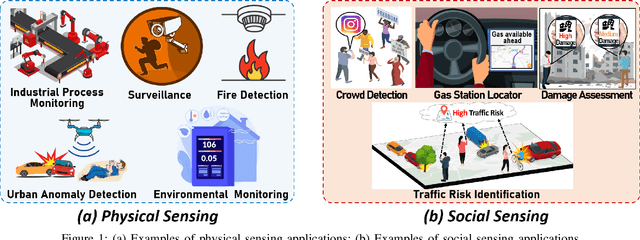
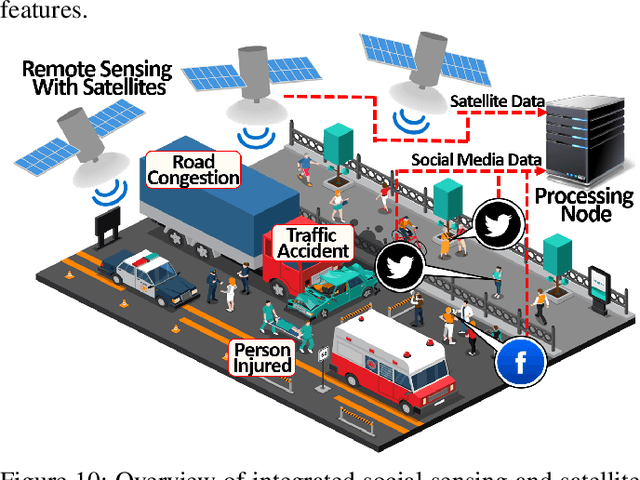
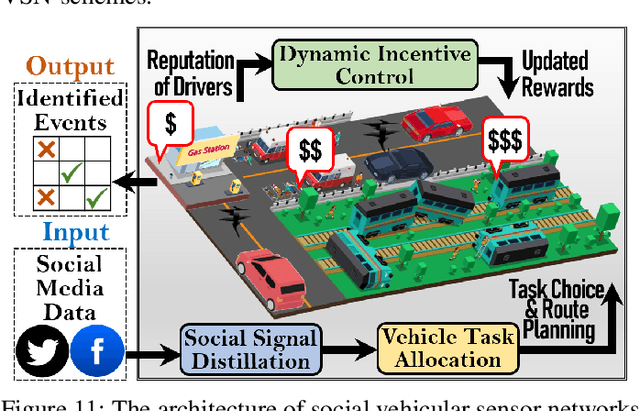
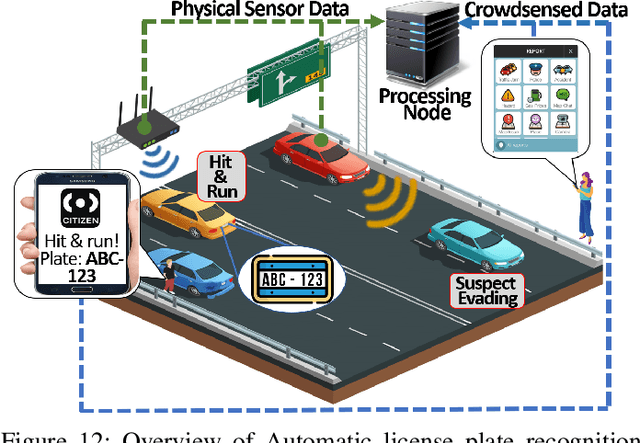
Abstract:Propelled by versatile data capture, communication, and computing technologies, physical sensing has revolutionized the avenue for spontaneously capturing and interpreting real-world phenomenon. Despite its virtues, various limitations (e.g., high application specificity, partial autonomy, and sparse coverage) hinder physical sensing's effectiveness in critical scenarios such as disaster response. Meanwhile, social sensing is contriving as a pervasive sensing paradigm that leverages the observations from human participants equipped with portable devices and ubiquitous Internet connectivity (i.e., through social media or crowdsensing apps) to perceive the environment. While social sensing possesses a plethora of benefits, it also inherently suffers from a few drawbacks (e.g., inconsistent reliability, uncertain data provenance, and limited sensing availability). Motivated by the complementary virtues of both physical and social sensing, social-physical sensing (SPS) is protruding as an emerging sensing paradigm that tightly integrates social and physical sensors at an unprecedented scale. The vision of SPS centers on mitigating the individual weaknesses of physical and social sensing while exploiting their collective strengths in reconstructing the "state of the world", both physically and socially. While a good amount of interesting SPS applications has been explored, several important unsolved challenges and open research questions prevail in the way of developing dependable SPS systems, which require careful study to address. In this paper, we provide a comprehensive survey of SPS, with an emphasis on its definition and key enablers, state-of-the-art applications, potential research challenges, and road-map for future work. This paper intends to bridge the knowledge gap in current literature by thoroughly examining the various aspects of SPS crucial for building potent SPS systems.
DASC: Towards A Road Damage-Aware Social-Media-Driven Car Sensing Framework for Disaster Response Applications
Jun 04, 2020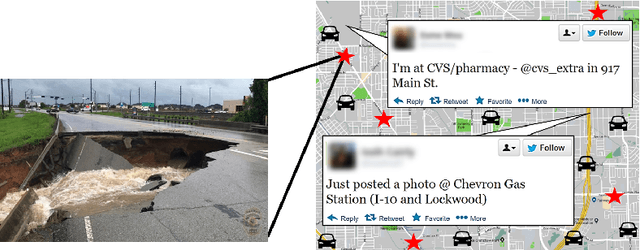
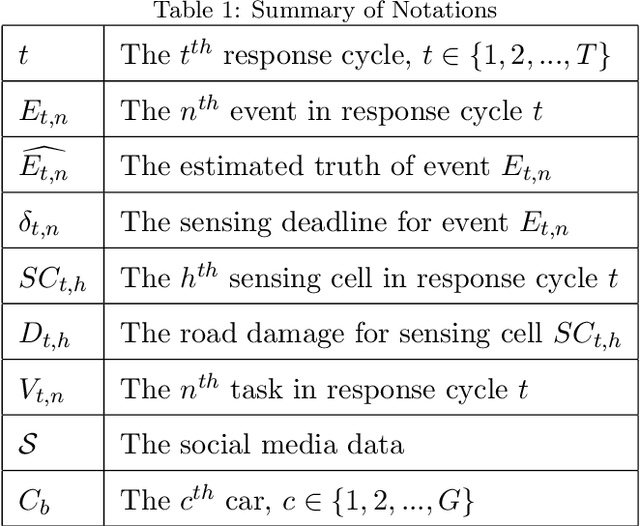
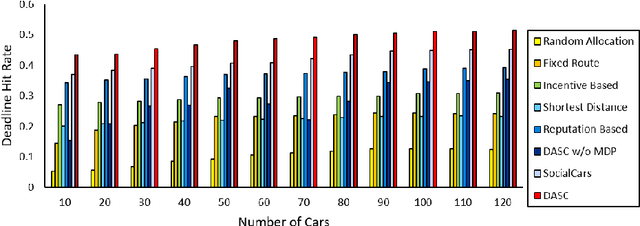
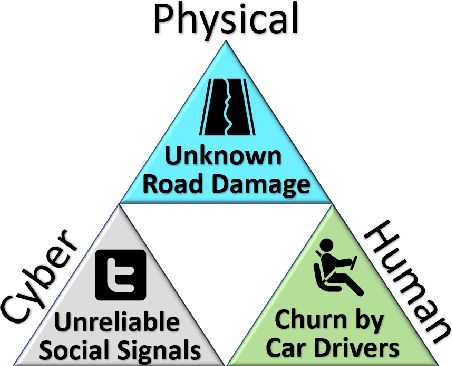
Abstract:While vehicular sensor networks (VSNs) have earned the stature of a mobile sensing paradigm utilizing sensors built into cars, they have limited sensing scopes since car drivers only opportunistically discover new events. Conversely, social sensing is emerging as a new sensing paradigm where measurements about the physical world are collected from humans. In contrast to VSNs, social sensing is more pervasive, but one of its key limitations lies in its inconsistent reliability stemming from the data contributed by unreliable human sensors. In this paper, we present DASC, a road Damage-Aware Social-media-driven Car sensing framework that exploits the collective power of social sensing and VSNs for reliable disaster response applications. However, integrating VSNs with social sensing introduces a new set of challenges: i) How to leverage noisy and unreliable social signals to route the vehicles to accurate regions of interest? ii) How to tackle the inconsistent availability (e.g., churns) caused by car drivers being rational actors? iii) How to efficiently guide the cars to the event locations with little prior knowledge of the road damage caused by the disaster, while also handling the dynamics of the physical world and social media? The DASC framework addresses the above challenges by establishing a novel hybrid social-car sensing system that employs techniques from game theory, feedback control, and Markov Decision Process (MDP). In particular, DASC distills signals emitted from social media and discovers the road damages to effectively drive cars to target areas for verifying emergency events. We implement and evaluate DASC in a reputed vehicle simulator that can emulate real-world disaster response scenarios. The results of a real-world application demonstrate the superiority of DASC over current VSNs-based solutions in detection accuracy and efficiency.
CovidSens: A Vision on Reliable Social Sensing for COVID-19 Spread
May 19, 2020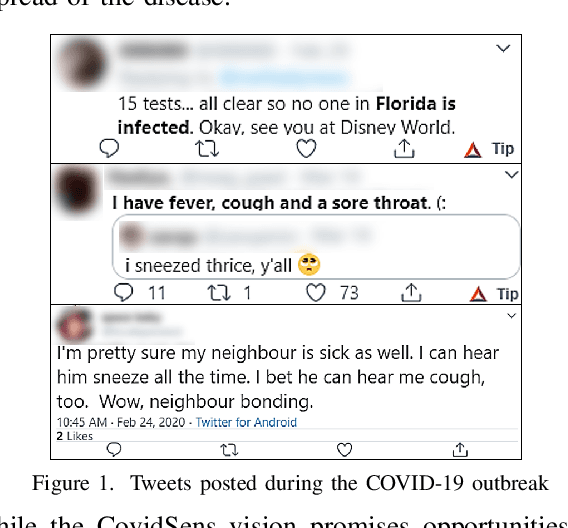


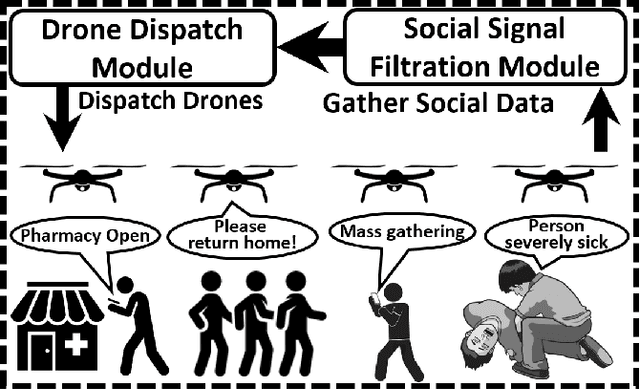
Abstract:With the spiraling pandemic of the Coronavirus Disease 2019 (COVID-19), it has becoming inherently important to disseminate accurate and timely information. Due to the ubiquity of Internet connectivity and smart devices, social sensing is emerging as a dynamic AI-driven sensing paradigm to extract real-time observations from online users. In this paper, we propose CovidSens, a vision of social sensing based risk alert systems to spontaneously obtain and analyze social data to infer COVID-19 propagation. CovidSens can actively help to keep the general public informed about the COVID-19 spread and identify risk-prone areas. The CovidSens concept is motivated by three observations: 1) people actively share their experience of COVID-19 via online social media, 2) official warning channels and news agencies are relatively slower than people reporting on social media, and 3) online users are frequently equipped with substantially capable mobile devices that can perform data processing and analytics. We envision unprecedented opportunity to leverage posts generated by ordinary people to build a real-time sensing and analytic system for gathering and circulating COVID-19 propagation data. Specifically, the vision of CovidSens attempts to answer the questions: How to distill reliable information about COVID-19 with prevailing rumors and misinformation? How to inform the general public about the state of the spread timely and effectively? How to leverage the computational power on edge devices to construct fully integrated edge-based social sensing platforms? In this vision paper, we discuss the roles of CovidSens and identify potential challenges in developing reliable social sensing based risk alert systems. We envision that approaches originating from multiple disciplines can be effective in addressing the challenges. Finally, we outline a few research directions for future work in CovidSens.
 Add to Chrome
Add to Chrome Add to Firefox
Add to Firefox Add to Edge
Add to Edge